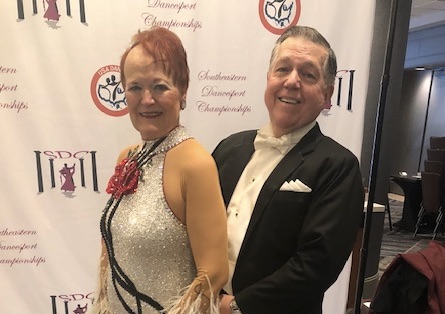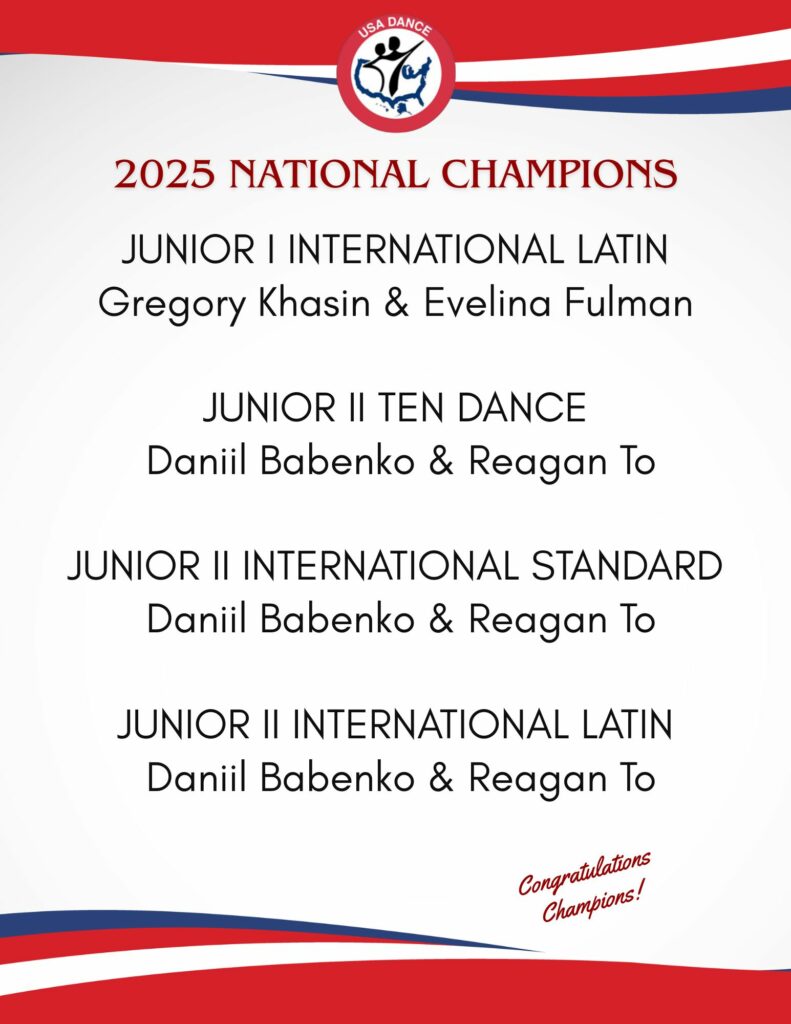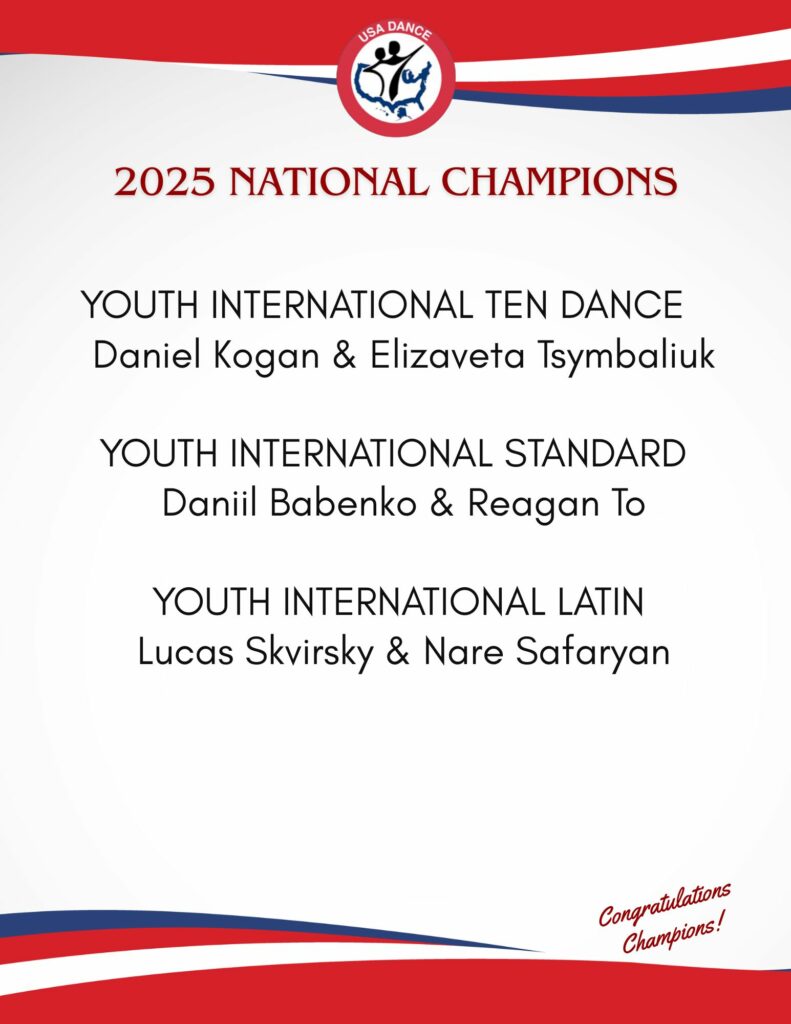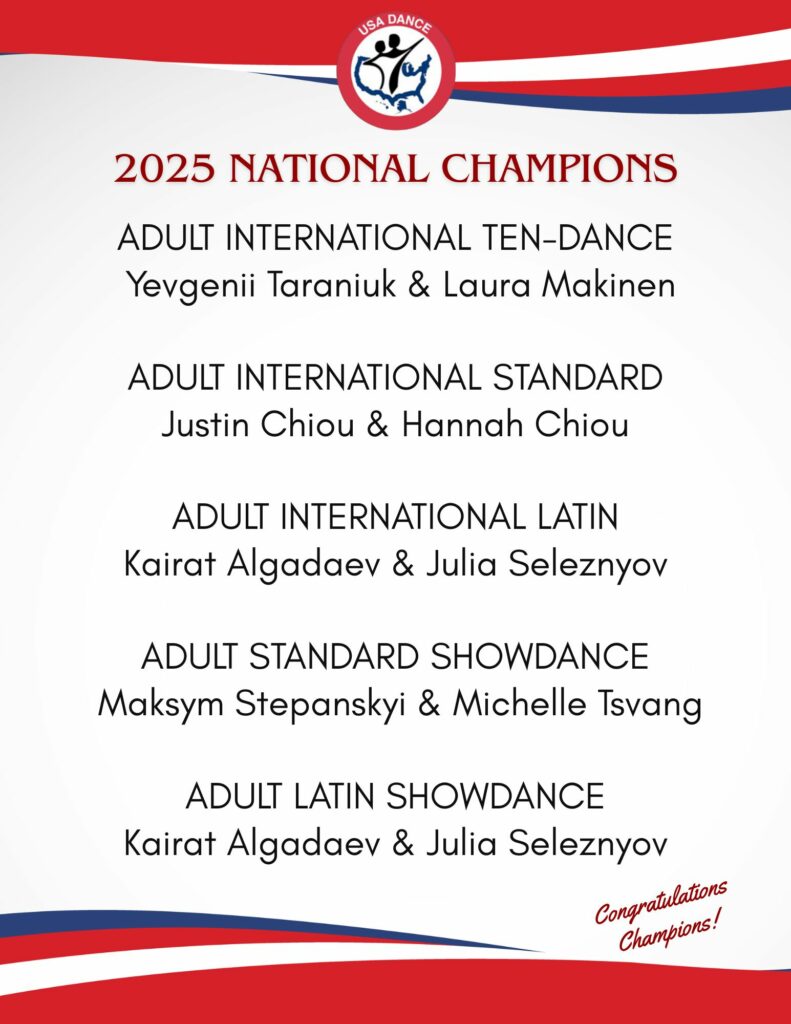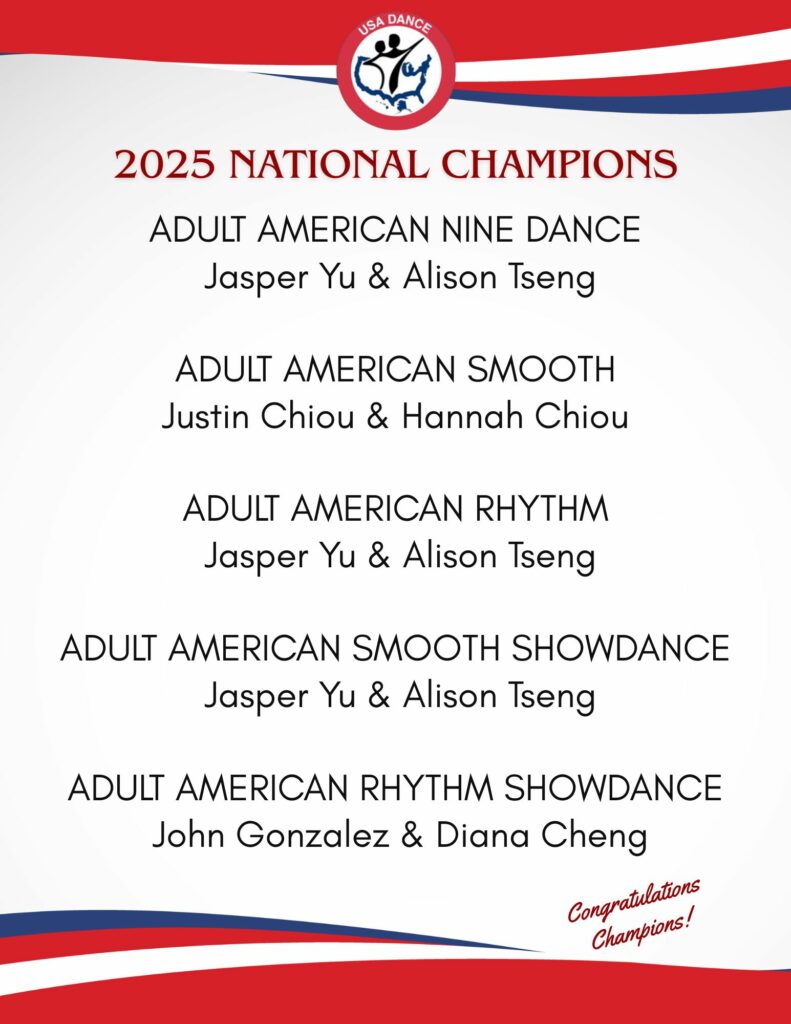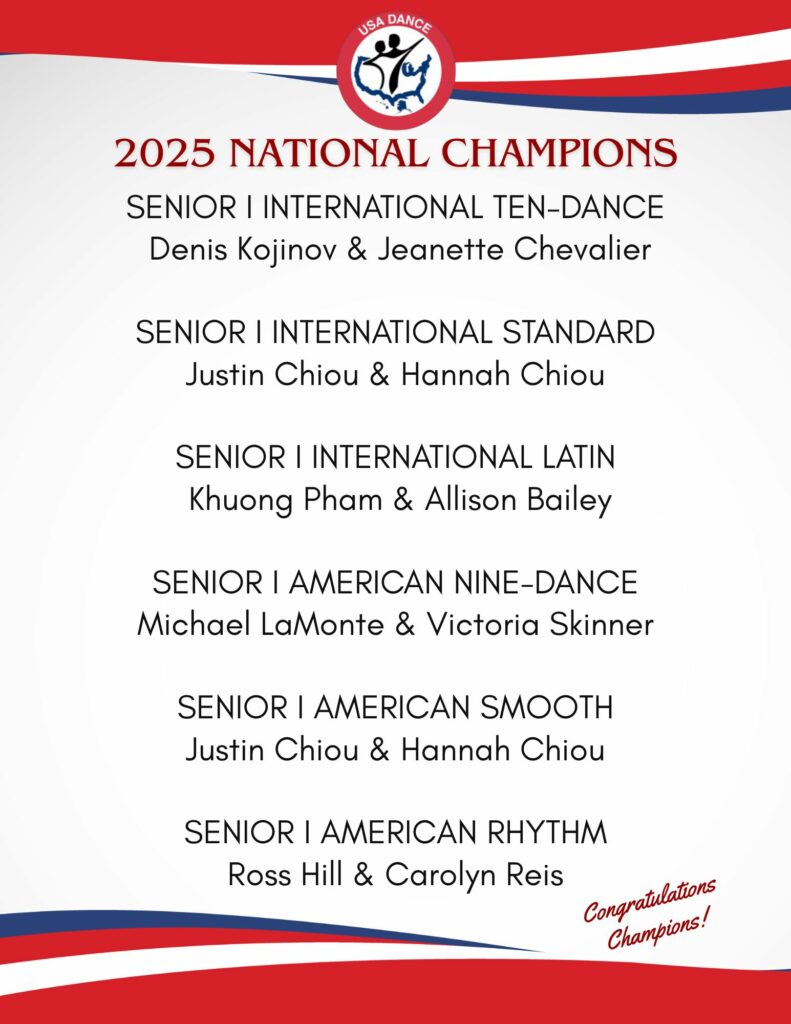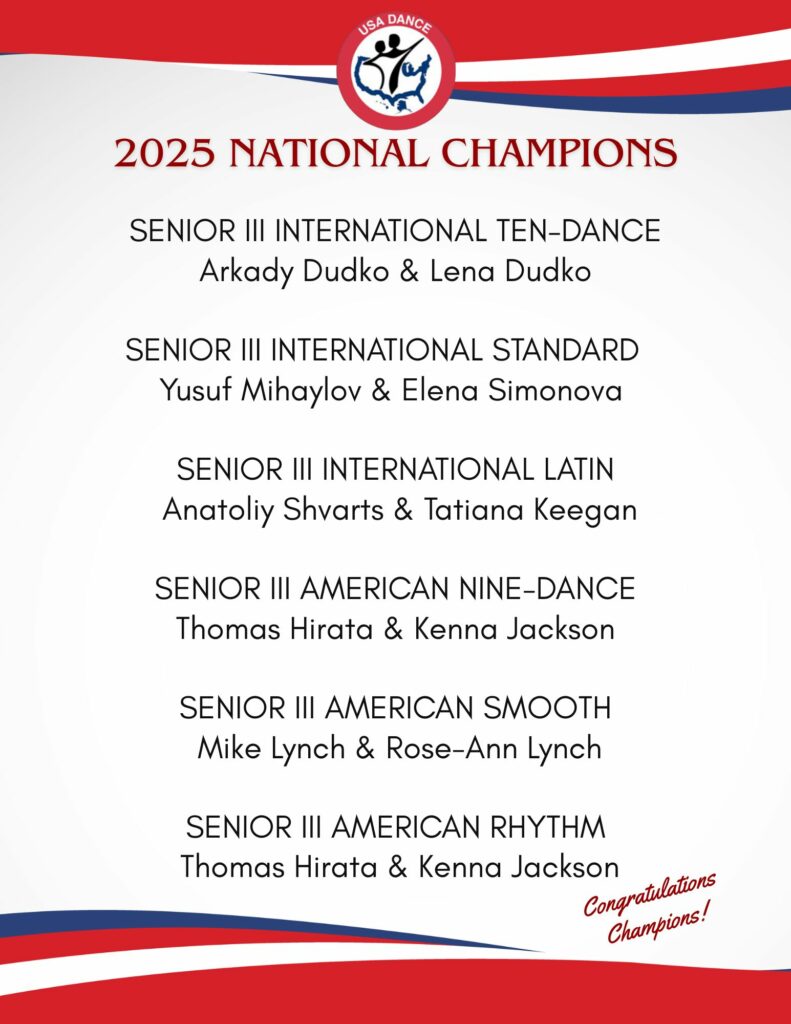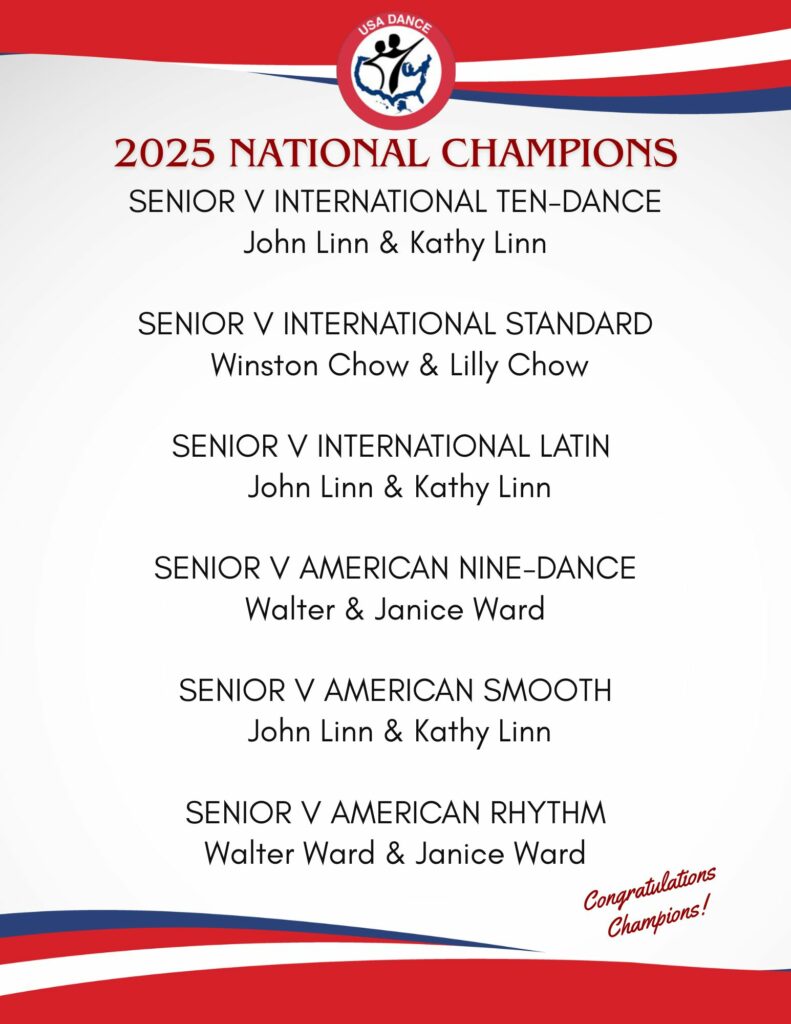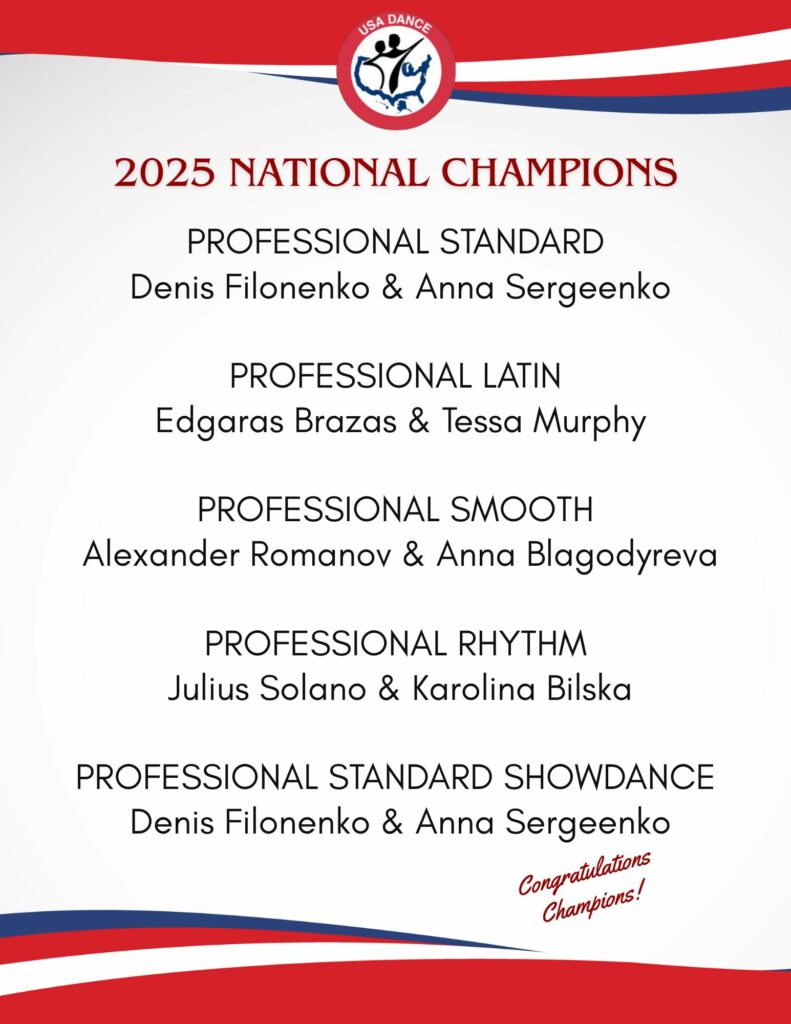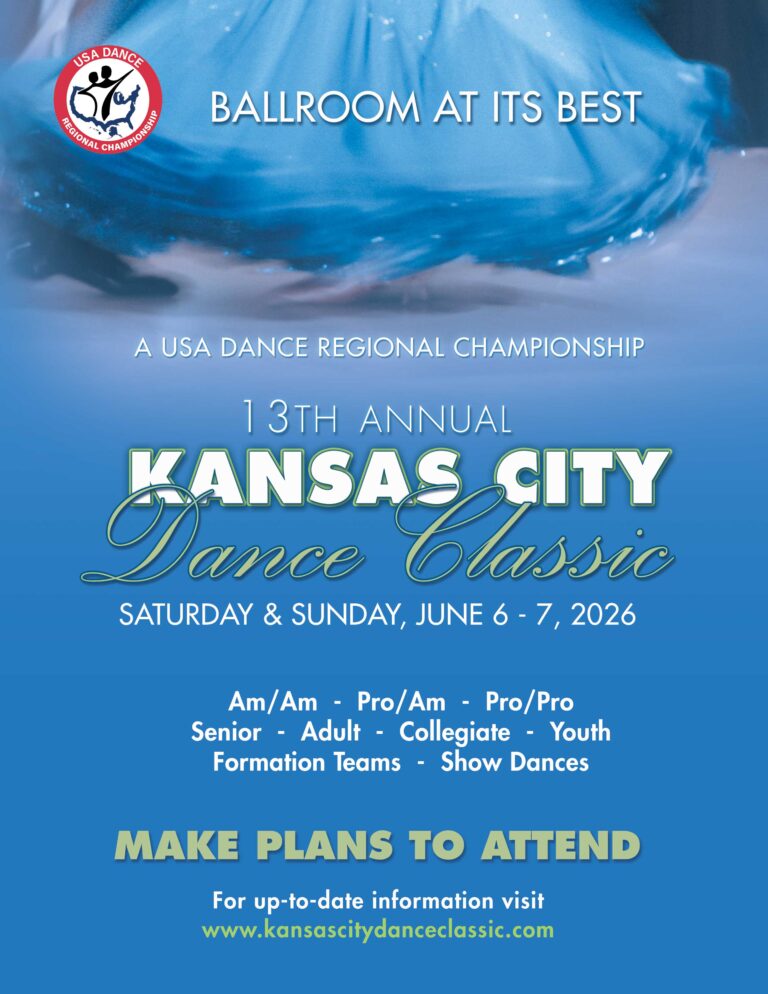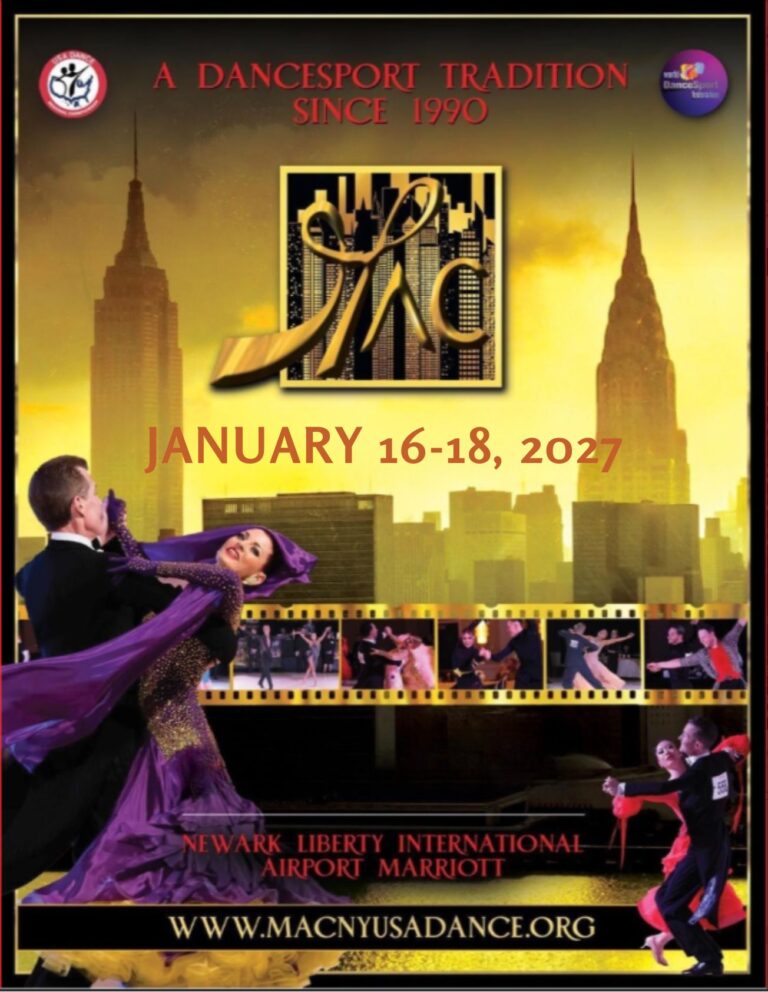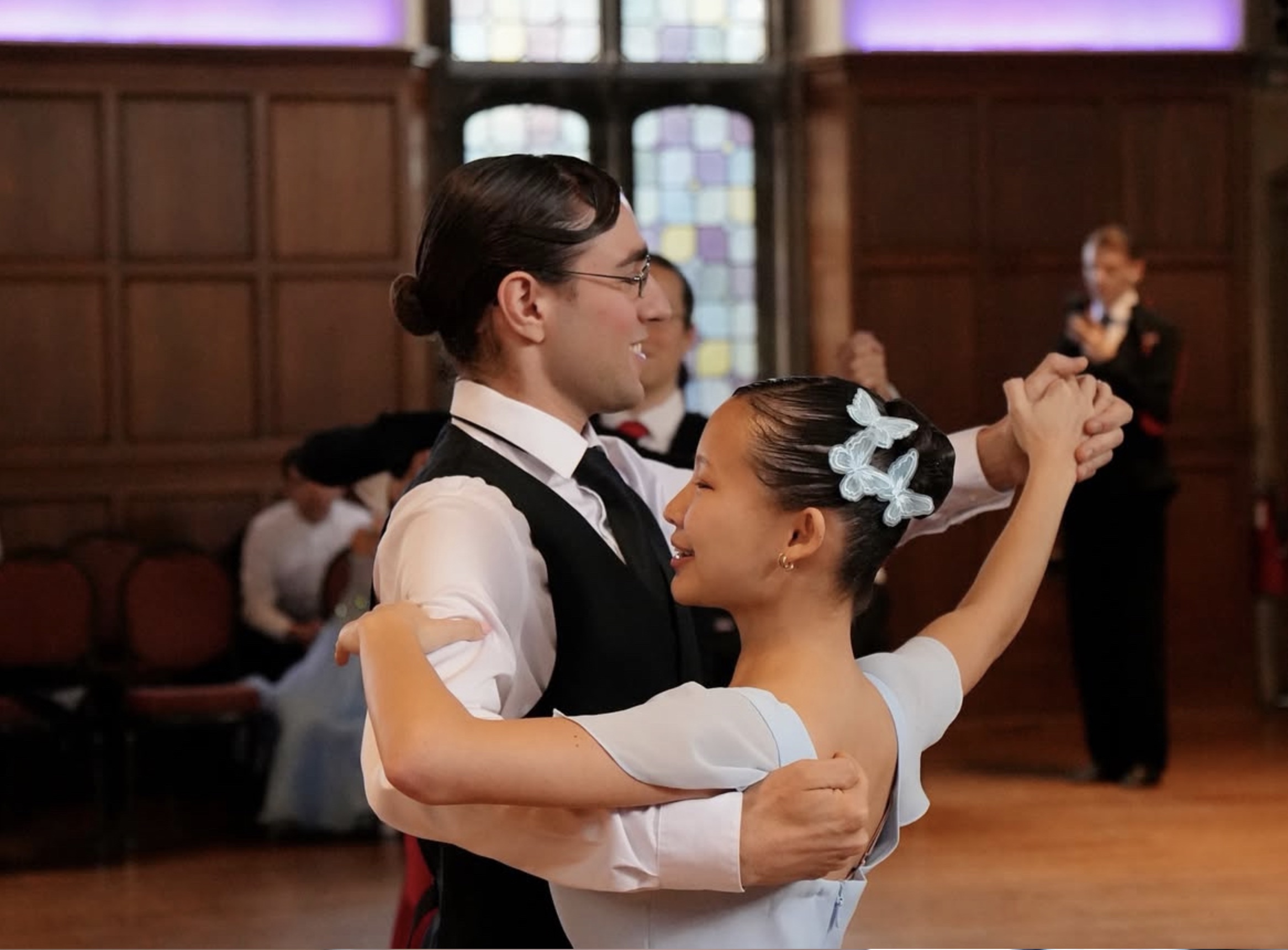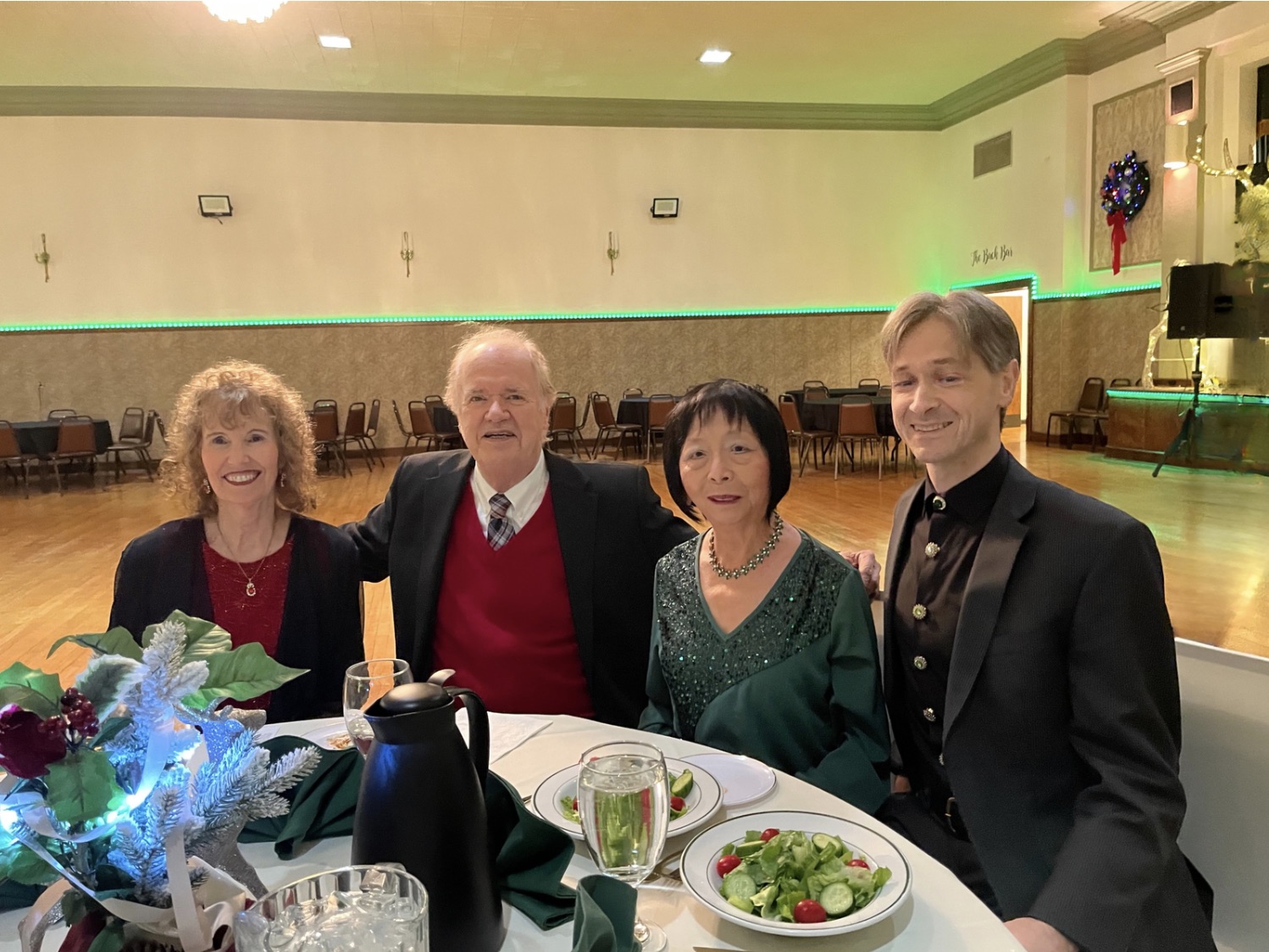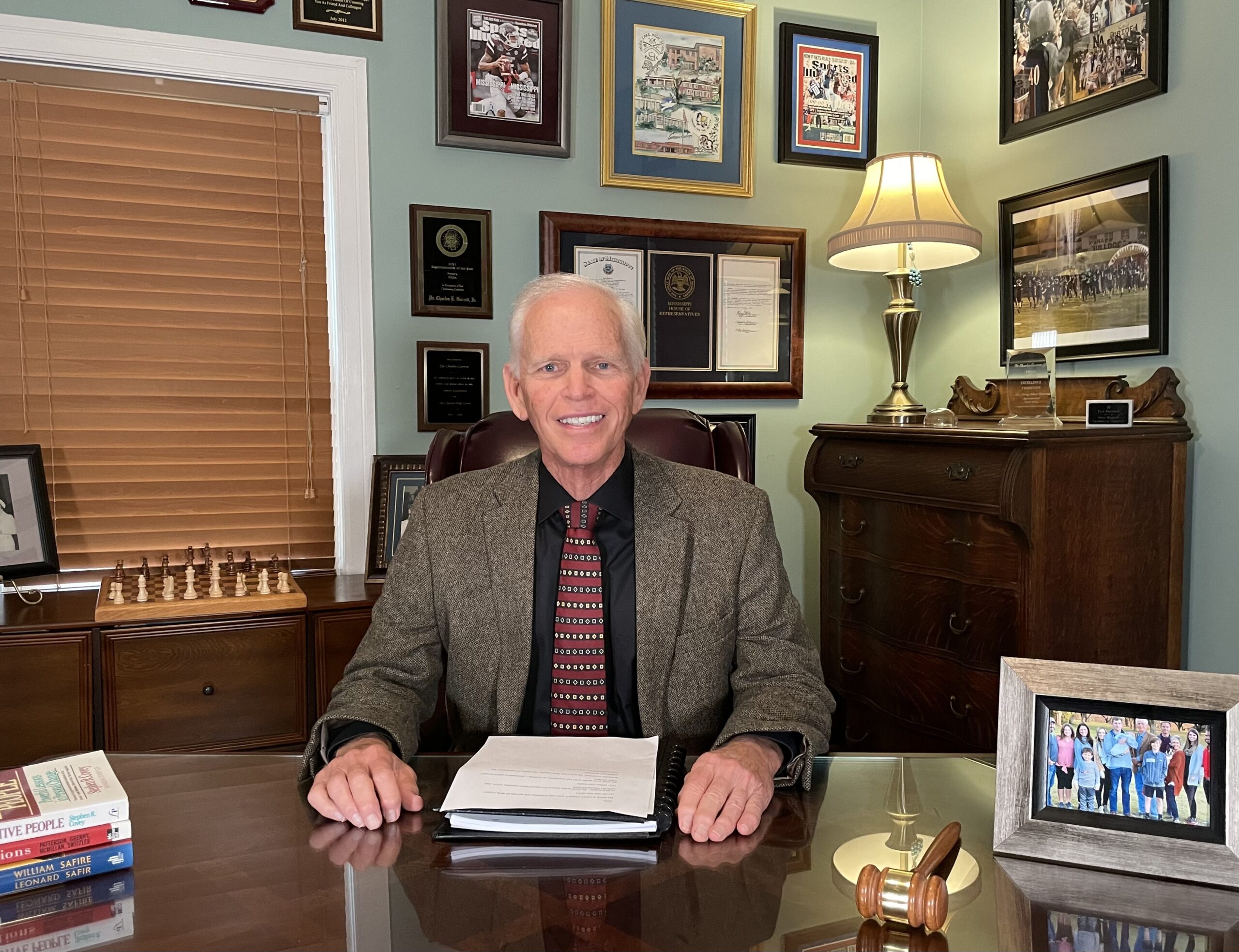When asked to write an article about our dancing, I agreed but was wondering “Why us?” Carrie and I are not rising stars…never been national champions; we’re just an old couple that enjoys dancing enough that we don’t know when to quit. This got me thinking about why there would be an interest in Senior V-level dancers at all. I will come back to this later, but first, let me describe our dancing history.
I was over 40 when we took our first ballroom dance lesson at a local franchise studio. Let’s face it ballroom dancing is an expensive hobby, and something we simply couldn’t afford before then. A year later we switched to an independent studio largely to avoid the contracts. Nine months later we went to our first competition and we became hooked on competitive dancing. In 1991, we broke out on our own and went to our first USABDA competition in Virginia dancing Senior* Gold Standard and Latin. That same year we went to the ISTD competition in Cherry Hills, New Jersey, and were noticed by Dance Week Magazine as a “promising new couple from the Midwest.”
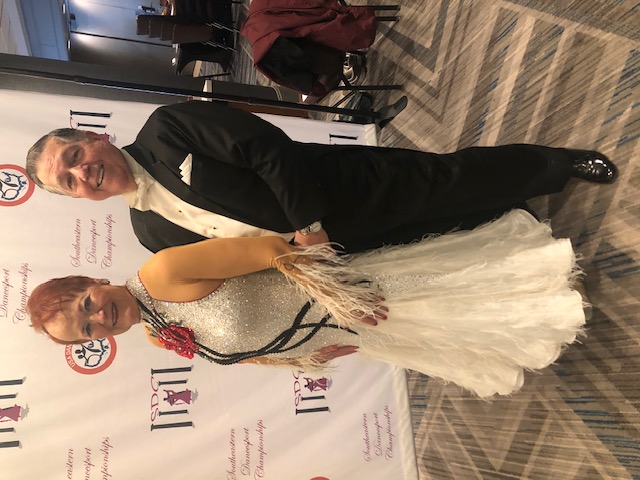 We started dancing Novice shortly after that and found it difficult to dance closed and open routines in two styles of dance. Realizing that we really were not cut out to be Latin dancers, we dropped it to focus on Standard. Within a few years, we had earned enough points that we could no longer dance Gold. With only five routines to work on, we soon found we needed to expand our repertoire just to maintain our sanity. After all, you can only work so many hours on perfecting your telemark before you need to give your mind and body a break!
We started dancing Novice shortly after that and found it difficult to dance closed and open routines in two styles of dance. Realizing that we really were not cut out to be Latin dancers, we dropped it to focus on Standard. Within a few years, we had earned enough points that we could no longer dance Gold. With only five routines to work on, we soon found we needed to expand our repertoire just to maintain our sanity. After all, you can only work so many hours on perfecting your telemark before you need to give your mind and body a break!
So, in the late 1990’s, we began learning American Smooth, and here we found the style we were meant to dance. Our years of training in Standard had prepared us well. We had the posture and footwork; we just needed to learn patterns and add the arm styling. Our first year on the competitive circuit, we danced Silver Smooth and won just about every competition we entered, including Senior III at Nationals. The second year we danced Gold, and again won most of the time. We went to Nationals that year and on a fluke decided to dance Novice, but just do our Gold routines. Big mistake… we not only made the finals…we won! According to the rules then, if you won a level at Nationals you had to move up a level. So, by our third year of dancing Smooth, we had to dance Pre-Championship; the same level we were dancing in Standard after two decades of coaching.
In 2007, we reached what I would consider to be the pinnacle of our dancing career. A few years earlier we had won the Pre-Championship Standard at Nationals, and that year we won the Pre-Championship Smooth and finished 3rd in the Championship, our highest finish in any National Championship. Our last competition in which we danced that quality of dance was the 2008 Northwest Regionals. After that, things started going downhill physically for me. I had already had both knees scoped, the left for a torn meniscus and the right for severe arthritis. But this year the arthritis began to affect my back and I developed sciatica in my right leg. The pain not only affected my dancing but my whole lifestyle. I retired early from work in 2009 due to back issues, and it was a good thing I did. On August 1 of that year, I twisted my back so badly that I spent six weeks in a wheelchair. After multiple steroid shots and months of physical therapy, I was doing much better, so we decided to do one more competition. In the spring of 2010, we attended a competition just to see our many dance friends one last time and let them know we were retiring from the competition circuit.
We had been the only competitive dancers from the Kansas City area for many, many years; so, we were well known there. We continued to dance socially, performed some show numbers, and continued to take occasional lessons just to maintain our capability, and our total physical fitness. We continued to try convincing the younger talented Amateur dancers in the area to enter some of the USA Dance competitions, which we were starting to miss. By 2015, my health had improved sufficiently. We decided to return to doing competitions, and by then we had convinced several local couples to attend with us.
Five years away had taken a toll on our abilities; most of that was simply due to age, but some was due to a lack of attention to detail.
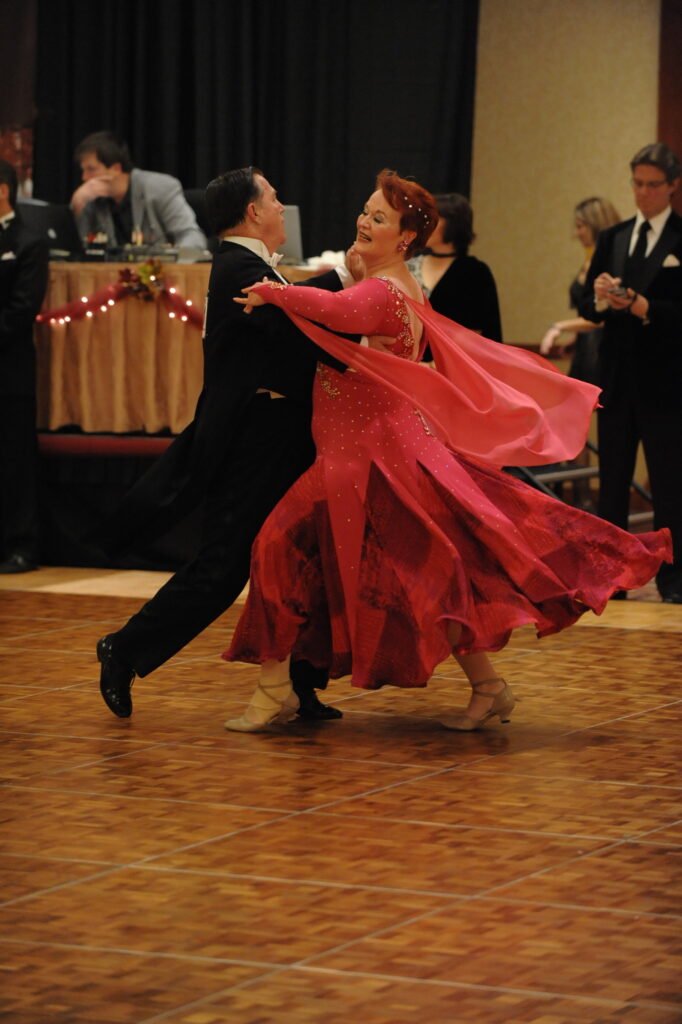
The picture I have included here (above) is from the 2008 Northwest Regionals. We are dancing Quickstep and you can see the speed of movement in the flow of Carrie’s dress and the power from our standing leg in the length of our stride. Today, I couldn’t stand still and bend my knee enough to reach that length of stride. We are still competitive in our age group, but we are not the quality dancers we once were. This brings me back to my original question: why any interest in Senior V?
For competition organizers, it’s just another level they have to work into an already tight schedule. Even worse, there are very few competitors at that level, so there is little monetary benefit. For the 2023 National Championships, we worked with Senior DanceSport Athlete Chair Charles Garrett to get the qualification requirements for Senior V dropped (which eventually happened) in the hope of drawing more competitors. We had qualified, but we knew of several couples who, because of illness or injury, had not (a common issue at the Senior V level). In the 24 Senior V heats possible (six levels, four styles) for the 2022 qualifying events from May through October, the competitions averaged only three Senior V entries, with none below the Pre-Championship level. So, it would be easy to conclude that Senior V is just not worth the effort.
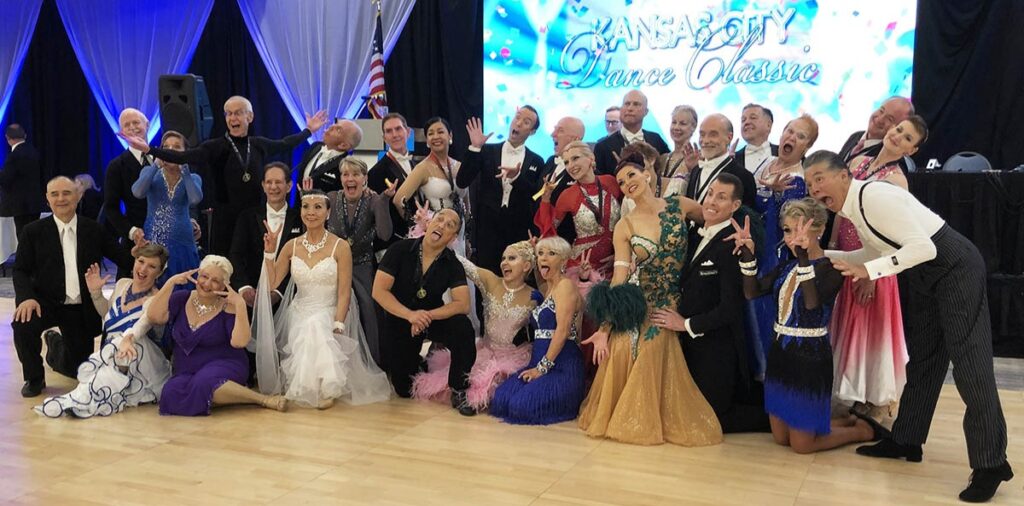
But USA Dance is not just about the competitions. We claim our mission is to “inspire and enable a lifetime of health through the joy of dance” and “to improve the quality and quantity of dance in the United States”. While the quality continues to improve, the quantity (number of ballroom dancers) is way down from two decades ago, when we routinely entered regional events below the championship level with quarterfinal rounds. This is where I feel Senior V can help USA Dance. At a recent competition, after dancing the Senior V Smooth Championship, I walked off the floor and a woman I didn’t know commented, “I love to watch you two dance; you inspire me!” I think she identified the real value of Senior V. We are the physical example of how DanceSport enables a lifetime of health and joy, and hopefully, we inspire others to continue dancing no matter what issues life throws at them.
USA Dance needs to encourage its Senior III-Senior V dancers at all skill levels to continue dancing and competing as long as possible, and to be the example that encourages people over 40 to take up ballroom dancing as part of their health and wellness routine.
As for me, I will be dancing and competing as long as God gives me the strength to stand, and I will continue my search for the perfect telemark, though I fear I shall never find it!
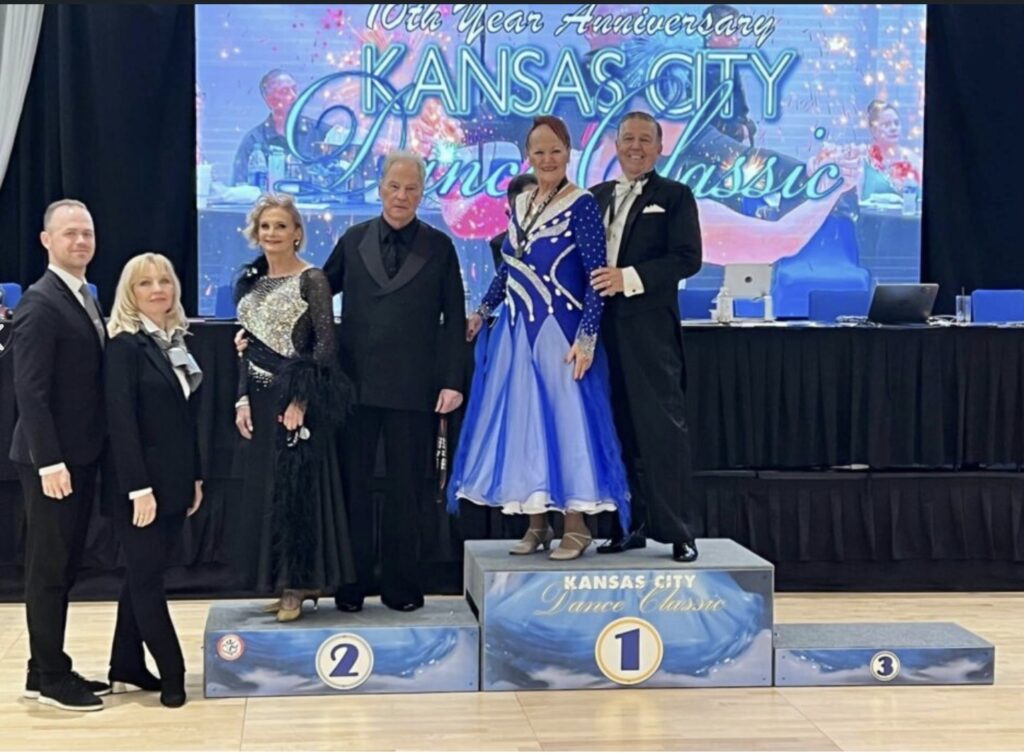
*In 1991, senior level was defined as “over 45”. Several years later, USABDA changed to the international definition of “over 35” and added the Senior II (over 45) level that the United States competitors were accustomed to dancing.
Would you like to hear more about this fun couple? Catch The Dancing Housewife’s Podcast Episode 18 – The Secrets to Longevity on the Dance Floor with Carrie and Ron Magee!

